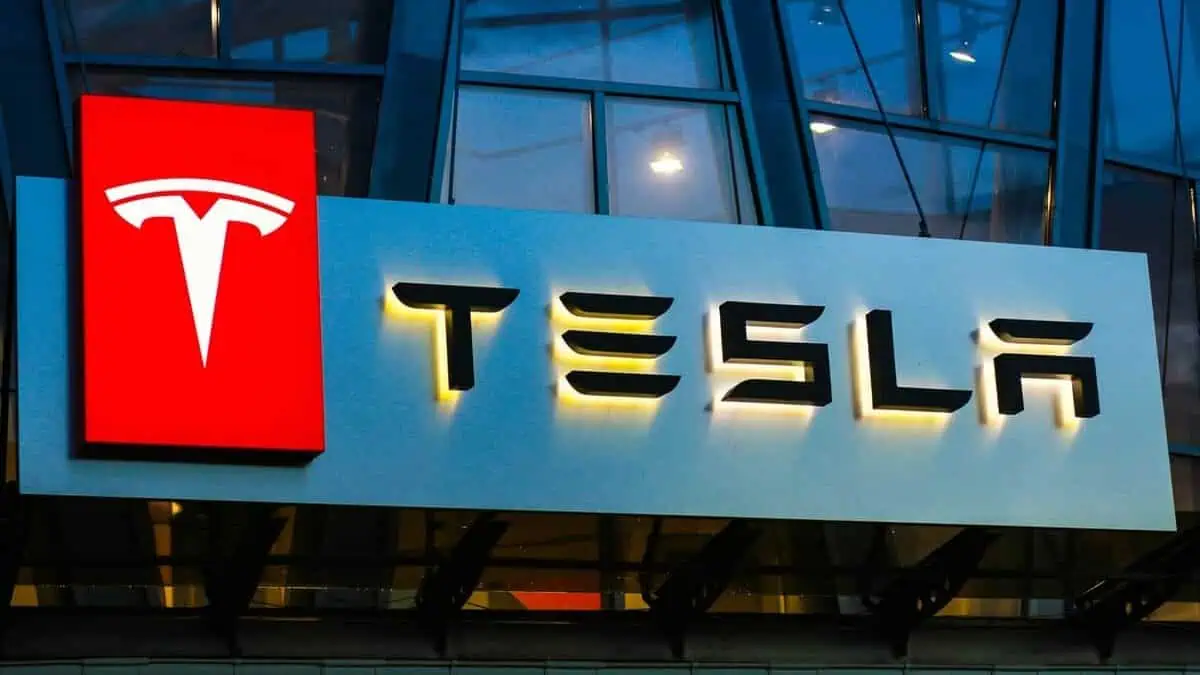The US Department of the Treasury and the Internal Service Revenue (IRS) officially issued guidance to facilitate easier access to the tax credits for new and used electric vehicles under the Inflation Reduction Act on October 6.
“President Biden’s Investing in America Agenda is focused on lowering transportation costs for consumers and giving American car comapnies the tools to lead the market. For the first time, the Inflation Reduction Act allows consumers to reduce the upfront cost of a clean vehicle, expanding consumer choices and helping car dealers expand their businesses.”
Laurel Blatchford, Chief Implementation Officer for the IRA
Major changes
According to the press release, new electric car buyers can transfer their tax credits of up to 7,500 to car dealers. By doing so, they can immediately exploit the discount at the point of sale beginning on January 1, 2024. These new rules also apply to used EV models for up to a $4,000 discount.
The IRS aims to pay back dealers within just 72 hours. The Treasury also requires dealers to prepare a written confirmation that includes the amount and information about the vehicle’s eligibility.
Regardless of their tax liability, eligible customers can also benefit from the full amount. Simply put, they can now enjoy an upfront discount equivalent to their maximum tax credit eligibility for both new and used car models.
“I think it is a real game-changer for all consumers to be able to get that rebate at the point of sale. Immediately, a $50,000 vehicle becomes $42,500.”
Jamie Wickett, a partner at law firm Hogan Lovells, which specializes in federal tax policy and energy
Significance
As EV-a2z previously explained, the previous rules employ a more complex process. For context, customers still pay for the full cost of the vehicle at the point of sale as the credits only reduce their tax liability.
Another problem is that this process seems to be more beneficial to rich customers as they have larger tax liabilities than low- and mid-income individuals. For those unaware, customers can only get the full credits they are entitled to if their tax liability meets the given threshold.
“It’s great news, especially from an equity standpoint and for people who may not have as much disposable income. It really will make [an EV purchase] more affordable for them.”
Ingrid Malmgren, policy director at nonprofit Plug In America
All that said, the new proposal will significantly lessen the complexity of accessing the $7,500 tax credit for eligible customers.
However, it must also be noted that customers can only qualify for the full tax credit if they meet certain requirements under the IRA. For instance, the vehicle must undergo domestic production, with at least 40% of battery value sourced in the US.
Customers’ responsibility
CNBC noted that it would be the customers’ responsibility to self-attest their eligibility in filing their income tax return.
Car dealers will apparently not evaluate their income, as per the new proposal. If customers make a mistake in their income tax return filing, they might need to reimburse the IRS the credit’s full value at tax time.
“It’s probably best to know you qualified [based on income] last year or be very much assured that you qualify in the year you purchase your car.”
Ingrid Malmgren, policy director at nonprofit Plug In America
Below are the annual income caps for EV tax credits:
| Filers | New EV ($7,500) | Used EV ($4,000) |
| Married couple ( joint tax return filing) | $300,000 | $150,000 |
| Heads of household | $225,000 | $112,500 |
| Single tax filer | $150,000 | $75,000 |
Note: Figures are based on “modified adjusted gross income”
See Also:
- IRA boosts US Solar and Storage industry by more than $100B
- Local power battery production continues to expand, driven by a clause in IRA
- Tesla battery suppliers enjoy shares growth amidst IRA tax credits
- Iran claims to have found the world’s second-largest lithium deposit
- Iran claims to have found the world’s second-largest lithium deposit
These new proposed rules will significantly attract more customers to shift to electric vehicles next year to take advantage of the discount of up to $7,500. It will also enable an easier process of claiming the tax credits for clean energy vehicles, further accelerating the e-mobility transition in the US.






